We now have the first super zoom lens made by a third party for the Nikon Z mount system, in the form of a 150-500 mm, developed by Tamron. The type of lens that many photographers, myself included, have been looking forward to some time, and I couldn’t wait to check it out. So sit back, relax, maybe bookmark this page, because I have a lot to say about this lens.
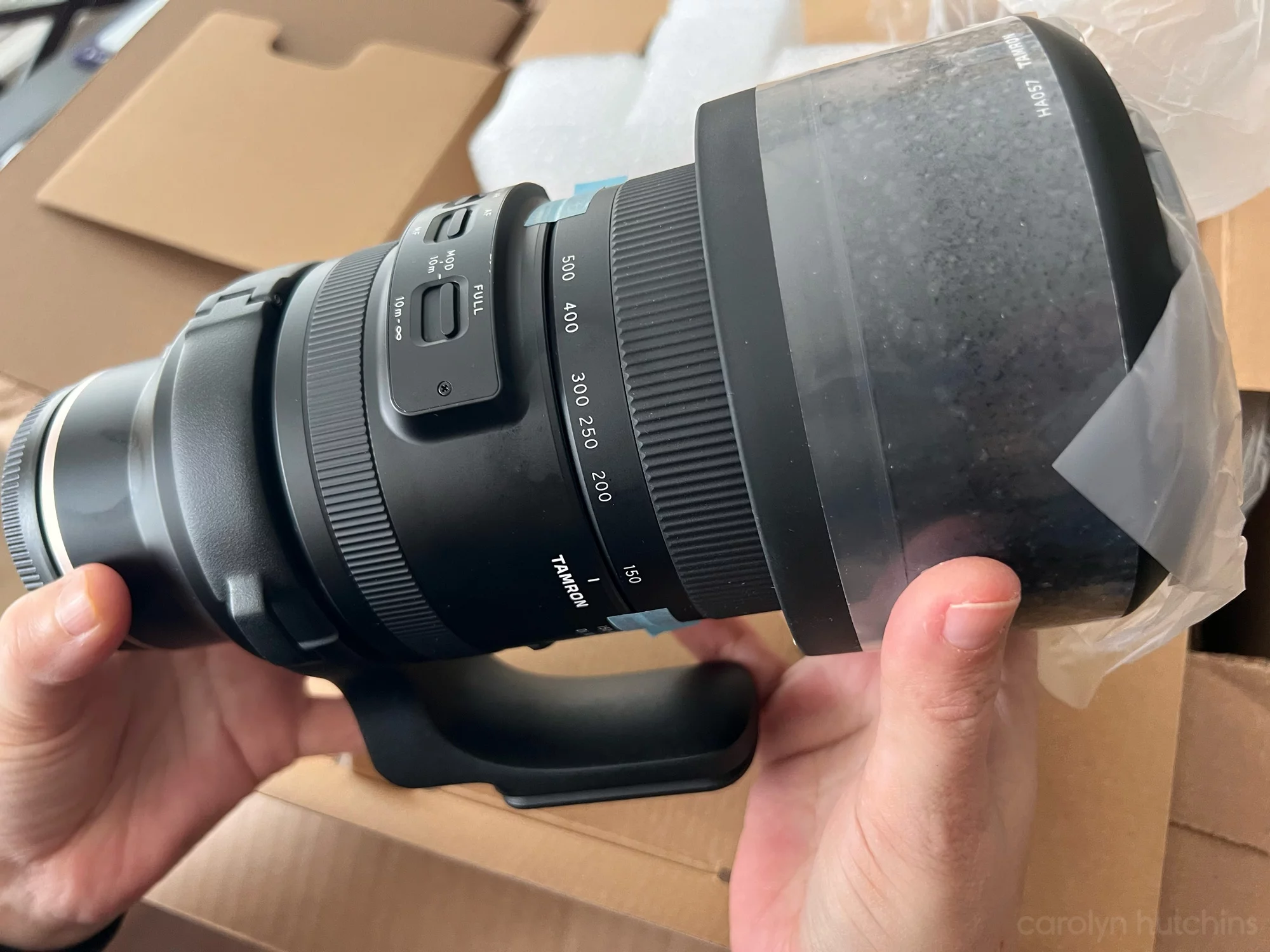
This was an actual field test, out in the world, in real situations. Used with a Nikon Z6 (version 1), a Nikon Zfc that has been converted to full spectrum (more on that here), and thanks to the help of photographers Jose Ramos and Matt Geleske, on two different Z9s, and a Z6II as well. No filters were used with the exception being an infrared 720nm when shooting on the Zfc. I used the lens exactly how it came out of the box, without customization or calibration. Editing is minimal, just basic exposure and color correction, all done in Adobe Camera Raw. And for the images seen here, no sharpening, denoise, or dehaze adjustments. What you see is what you get.

Nikon Z6 : ISO-250 : f/11 : 1/2500
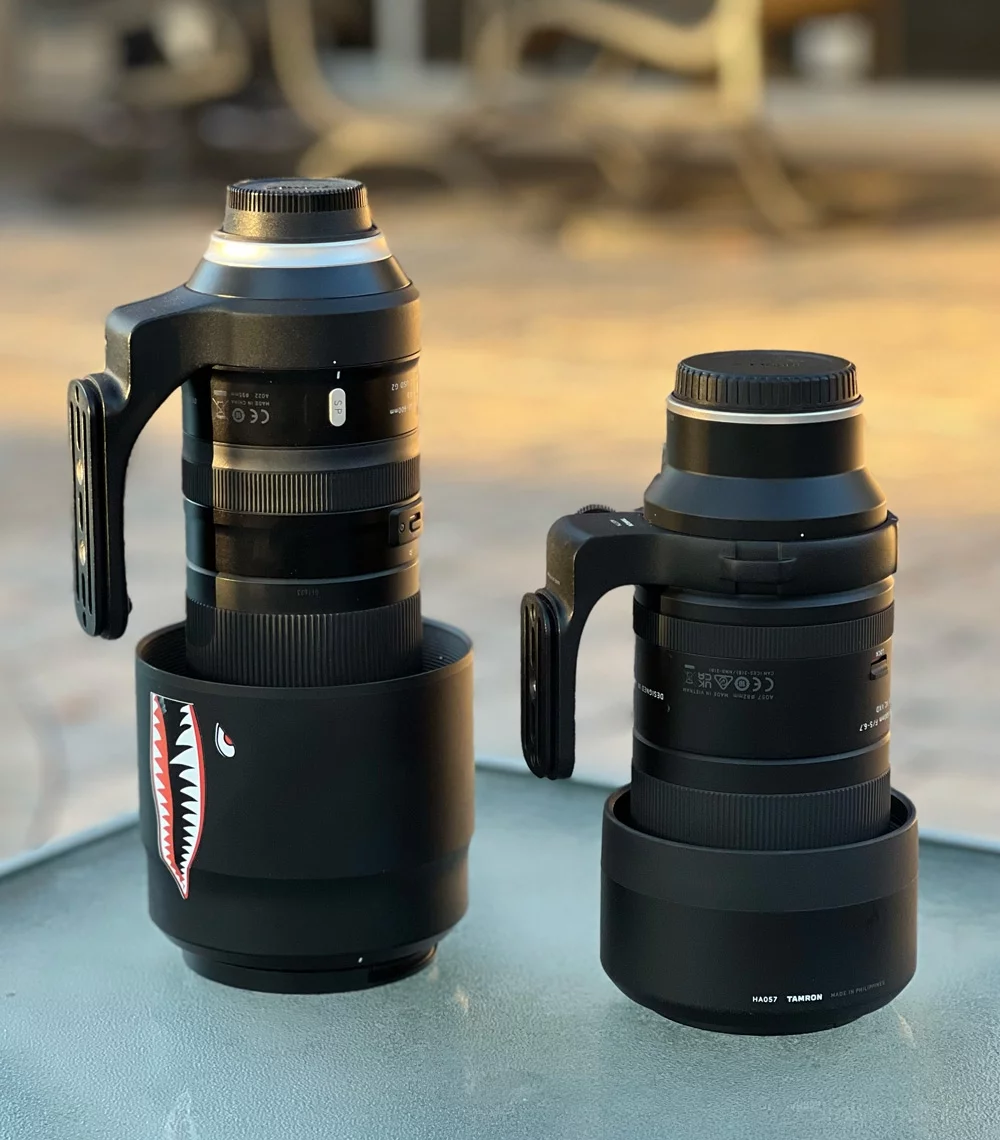
Let me start out by saying that I have quite a bit of experience with my Tamron 150-600 G2. I’ve used it for years because it’s great and reliable, however my chiropractor has other opinions. So the first thing about this lens that made an impression on me was the size of the box that it arrived it. After breaking into it, I was even more surprised by how small and light it is, the lens only weighs in at just under 4 lbs., yet it still feels tough and sturdy, which it needs to be to keep up with me. Despite having 25 optical elements in 16 groups (that’s more than the 600 for those of you counting), the dimensions of this lens make it easy to handle.
The lens has all the bells and whistles that make it a Tamron. You will find three main switches on the lens placed in convenient locations. The first is a focus limiter, with the options being 0-10 meters, 10 meters – infinity, and the full range; enabling the autofocus to work faster in certain situations where you may not need the entire focal range. Next is the self-explanatory Auto / Manual focus switch. Followed by one labeled Linear / Non-Linear, this adjusts the way the focus works when using Manual focus, a helpful customization for those who shoot video.
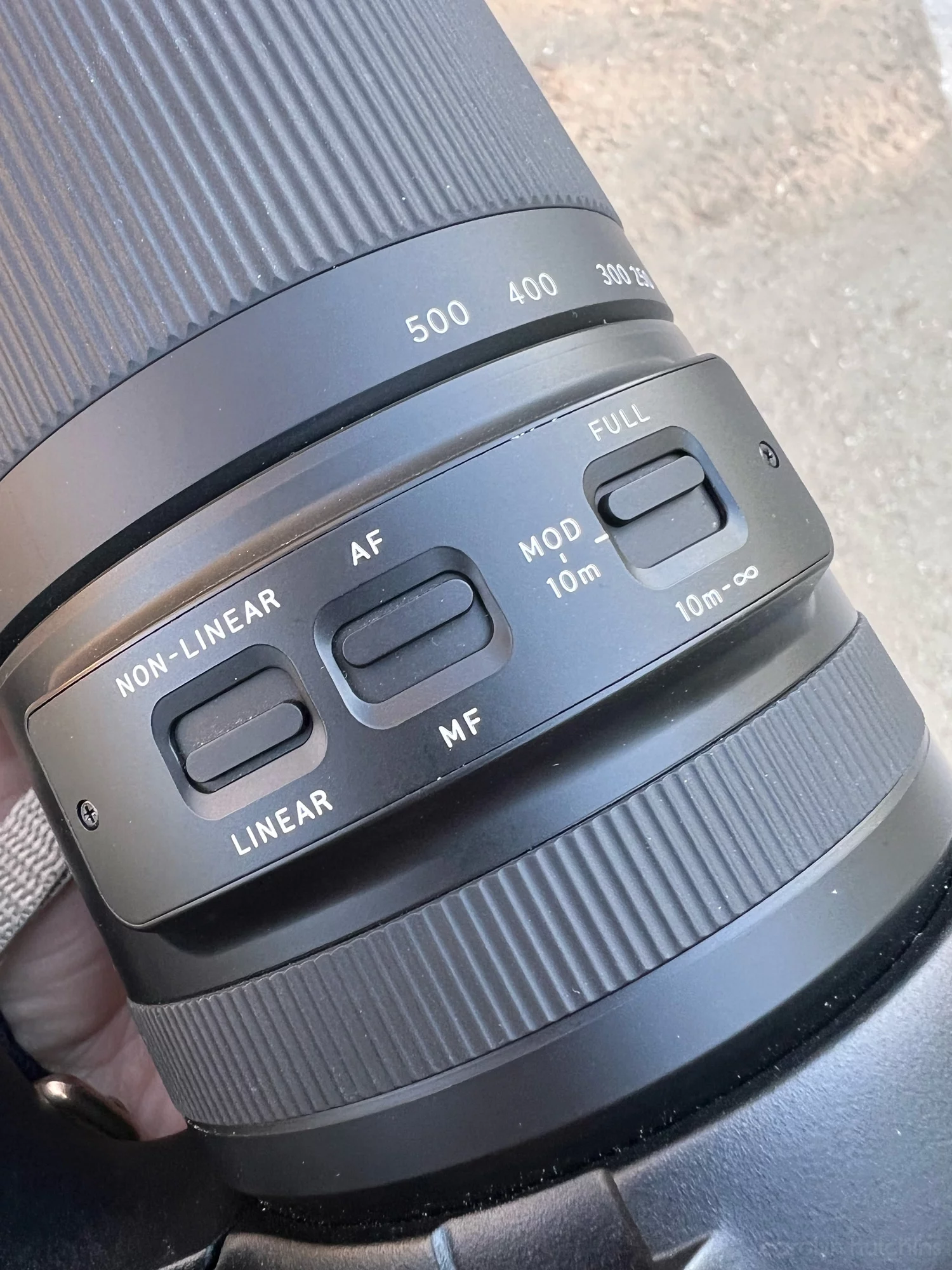
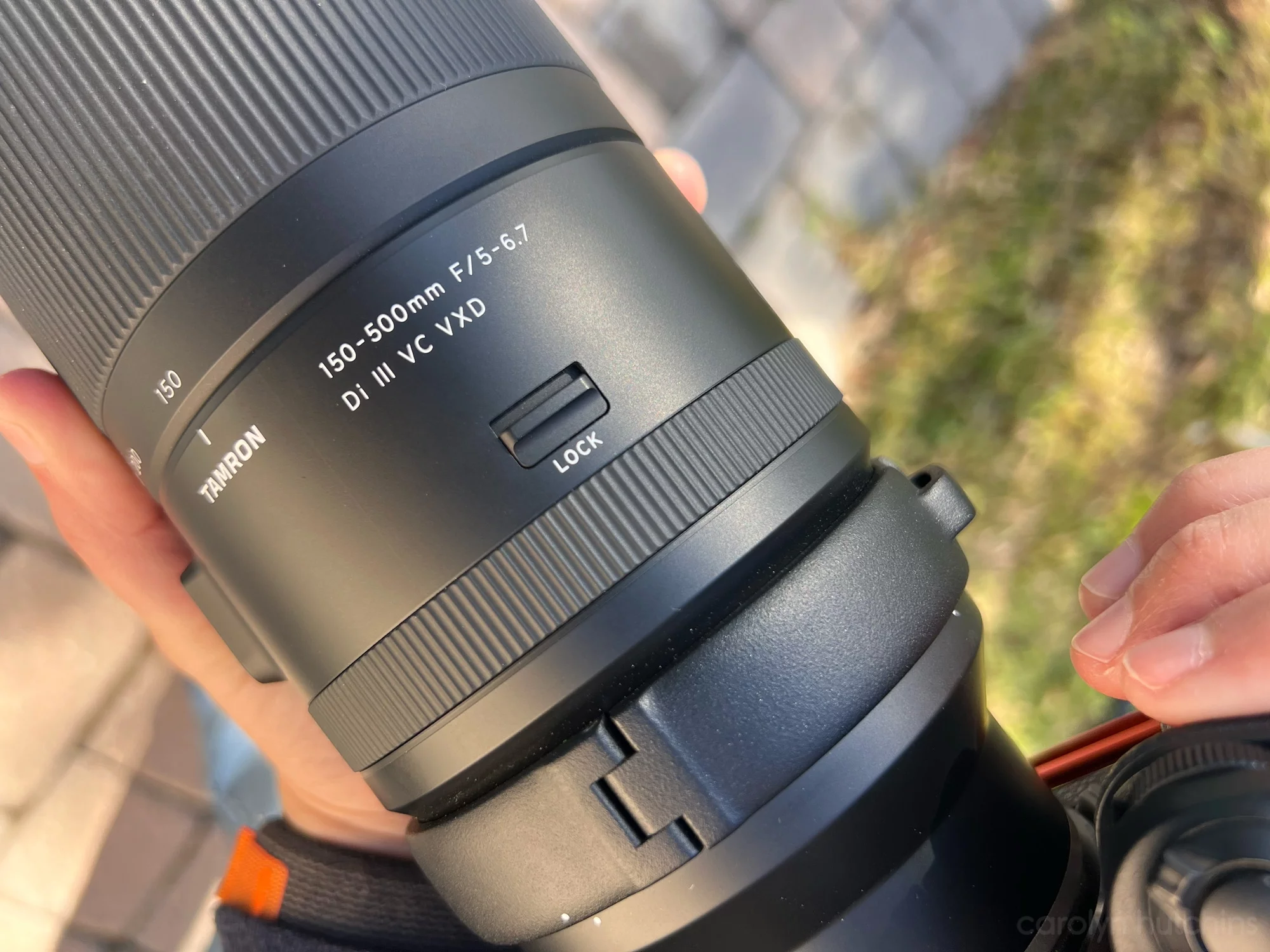
There is also a movement lock switch, to keep things from shifting when you don’t want them to, like when it’s packed up in a camera bag or for travel. Going back to the size and weight, traveling with this lens is quite easy. I even took it with me on a trip that had been planned before I expected to have the loaner lens. It easily fits in a carry-on suitcase while still leaving room for things like camera bodies, additional lenses, batteries, memory cards, filters, a tripod, maybe a few clothes, etc.
Included is a hood and tripod collar. The hood has a rubber coating on the outer edge, which I find quite nice because, well, I bump things (and it had plenty of room for decals). In the box you will also find some nifty little hex keys, provided for adjusting the foot on the tripod collar. Which by the way, is already cut for Arca Swiss. Of course you can still screw in a Manfrotto or other plate should you desire to do so.
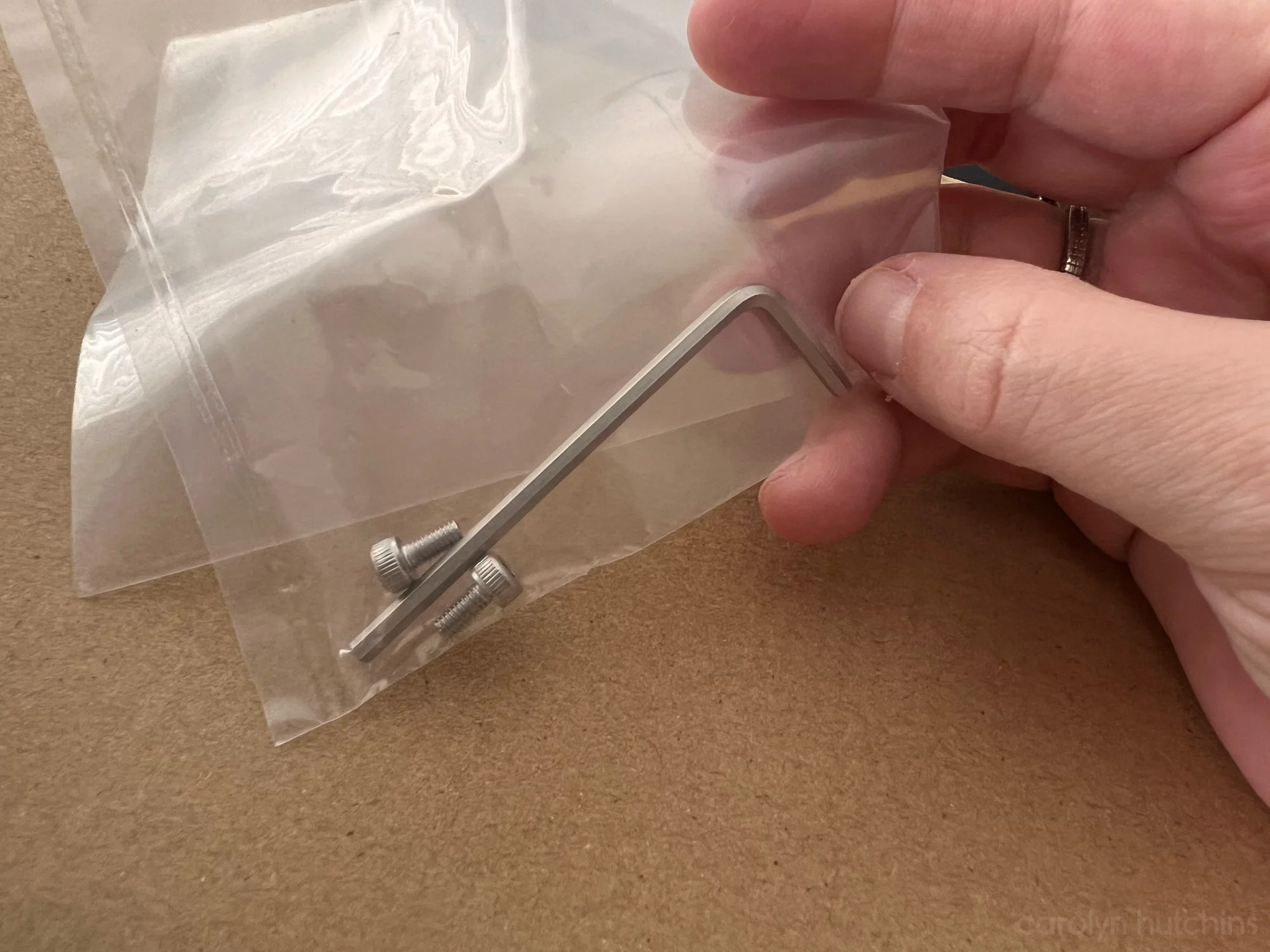
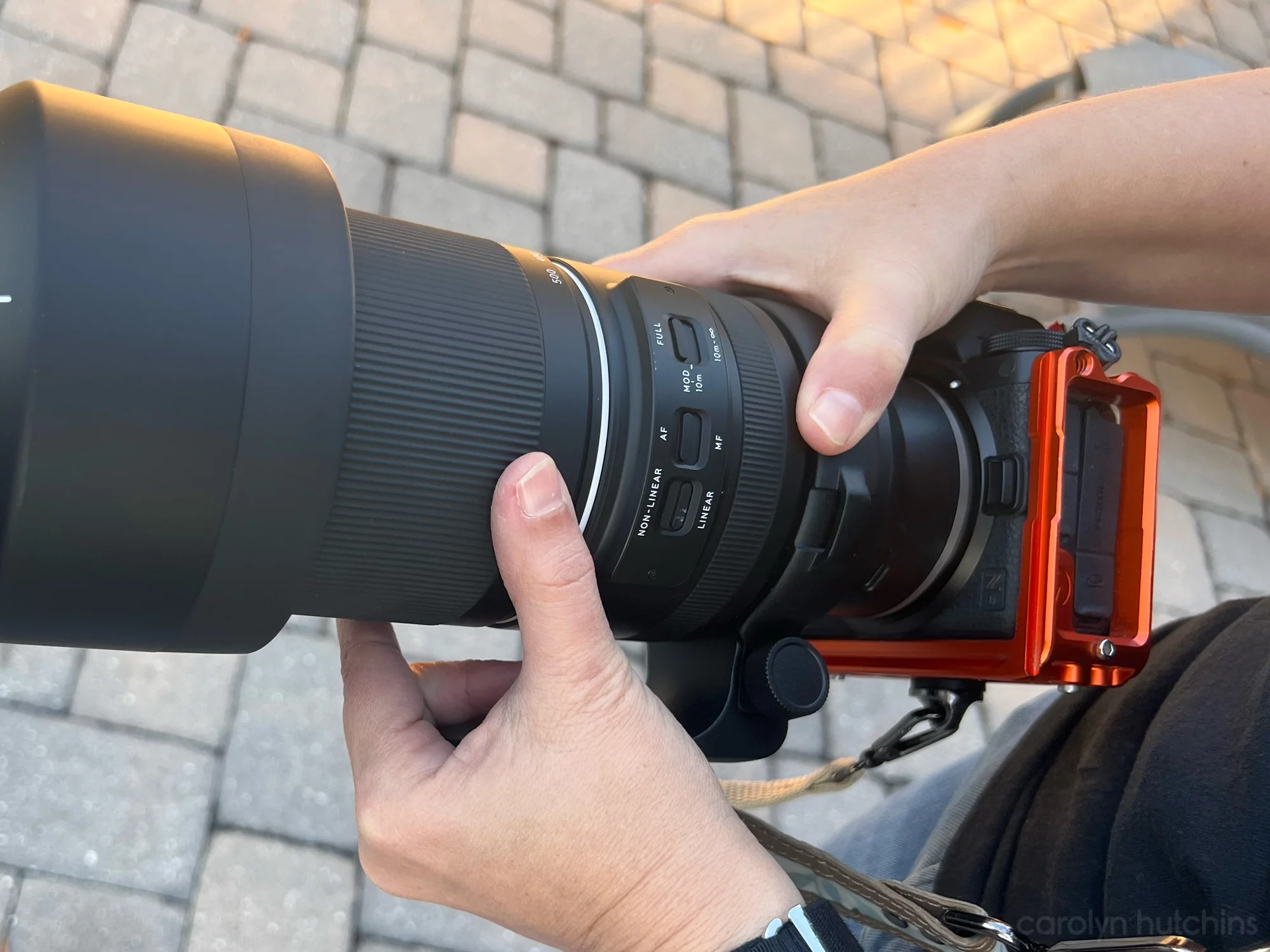
The lens also has this very unique and really cool zoom lock. You can lock the zoom to a specific point anywhere within the focal range, just by pulling slightly on the zoom ring, thus preventing unwanted creeping. I first saw this on my 600, and I use it quite often when panning on aircraft. It makes me so happy that Tamron is continuing to employ this feature.
Time for a random fact! During breeding season alligators and crocodiles display a wide range of courtship behaviors. Including everything from nuzzling, to blowing bubbles at each other, to unique vocalizations. Which makes the early part of the year a great time for testing out a telephoto lens in Florida. And the lens is reliably sharp throughout its focal range, allowing for some great details.

Nikon Z6 : ISO-1600 : f/7.1 : 1/800
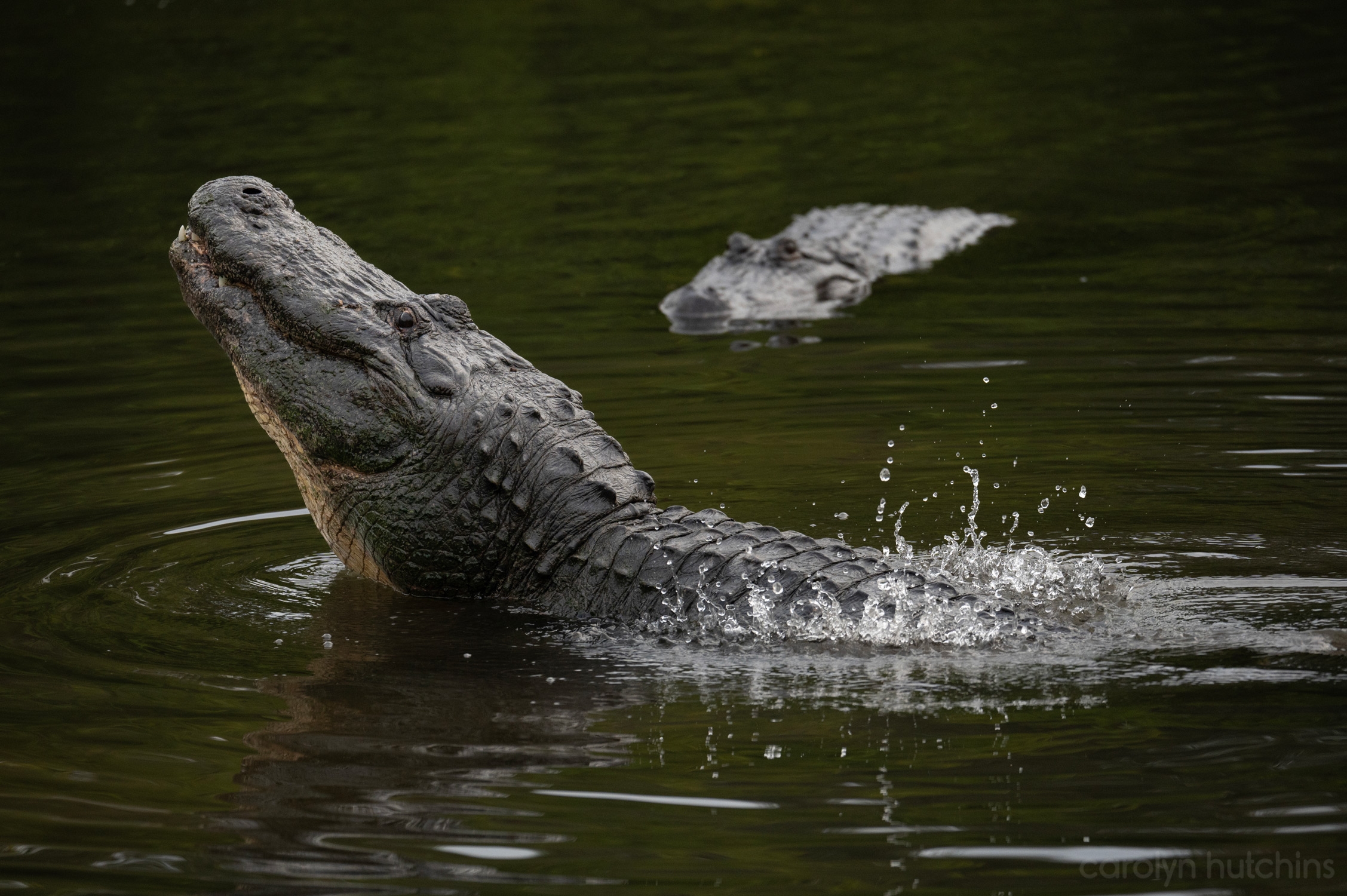
Nikon Z6 : ISO-1600 : f/6.3 : 1/1250
The body is constructed to be moisture resistant with a fluorine coating on the front element making it easier to wipe clean. Utilizing their BBAR-G2, or Broad-Band Anti-Reflection Coating, it does a great job of eliminating flare and other artifacts, resulting in crisp, clean images.

Nikon Z6 : ISO-200 : f/6.3 : 1/2500
The Vibration Compensation is built in to this model. What this means is that there is no “VC on/off” switch, rather it must be turned on through your camera’s menu. Depending on your model, you may have the options of “VR” or “VR Sport”, the lens is compatible with both. On the Z6 you can find it at the following location: Menu > Photo Shooting Menu > Vibration Reduction
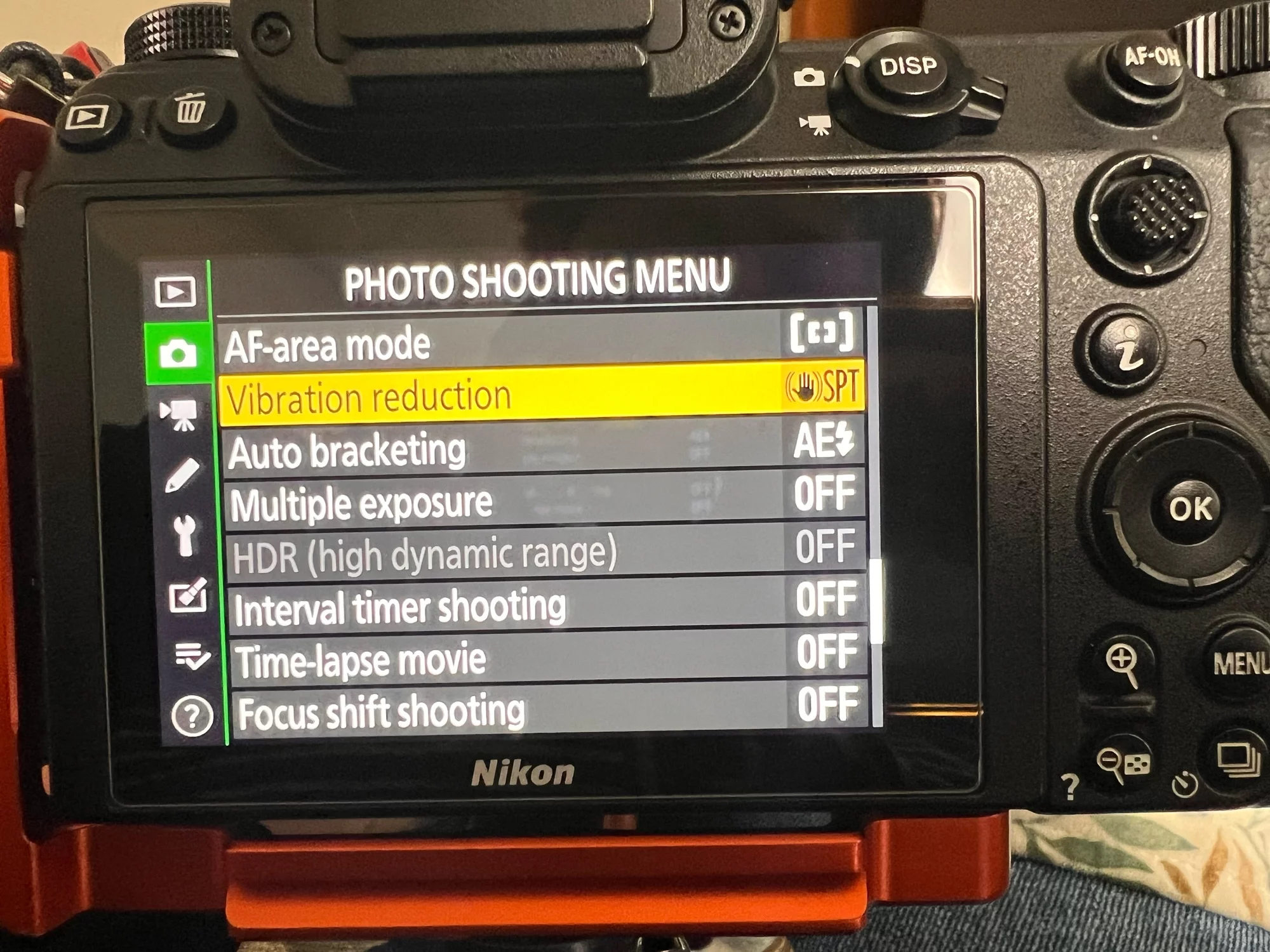
It’s also not a slow lens. During a day of musical cameras with Jose and Matt, which included a trip to a local raptor rehabilitation center, the Tamron kept pace with the other Nikon brand lenses we were using (including the 180-600). It worked every bit as fast, focusing quickly and shooting the same amount of frames per second. Bonus, it worked seamlessly with focus tracking including the eye auto-tracking of the Z9.

Nikon Z6 : ISO-250 : f/7.1 : 1/2500

Nikon Z9 : ISO-1800 : f/8 : 1/1000
Being made for full frame cameras, it works equally well on both full frame and APS-C camera bodies.

Nikon Zfc : LifePixel 720 nm IR filter : ISO-250 : f/6.3 : 1/250
It performed well on the full spectrum camera. No hot spots or fringing, yielding some nice infrared images.
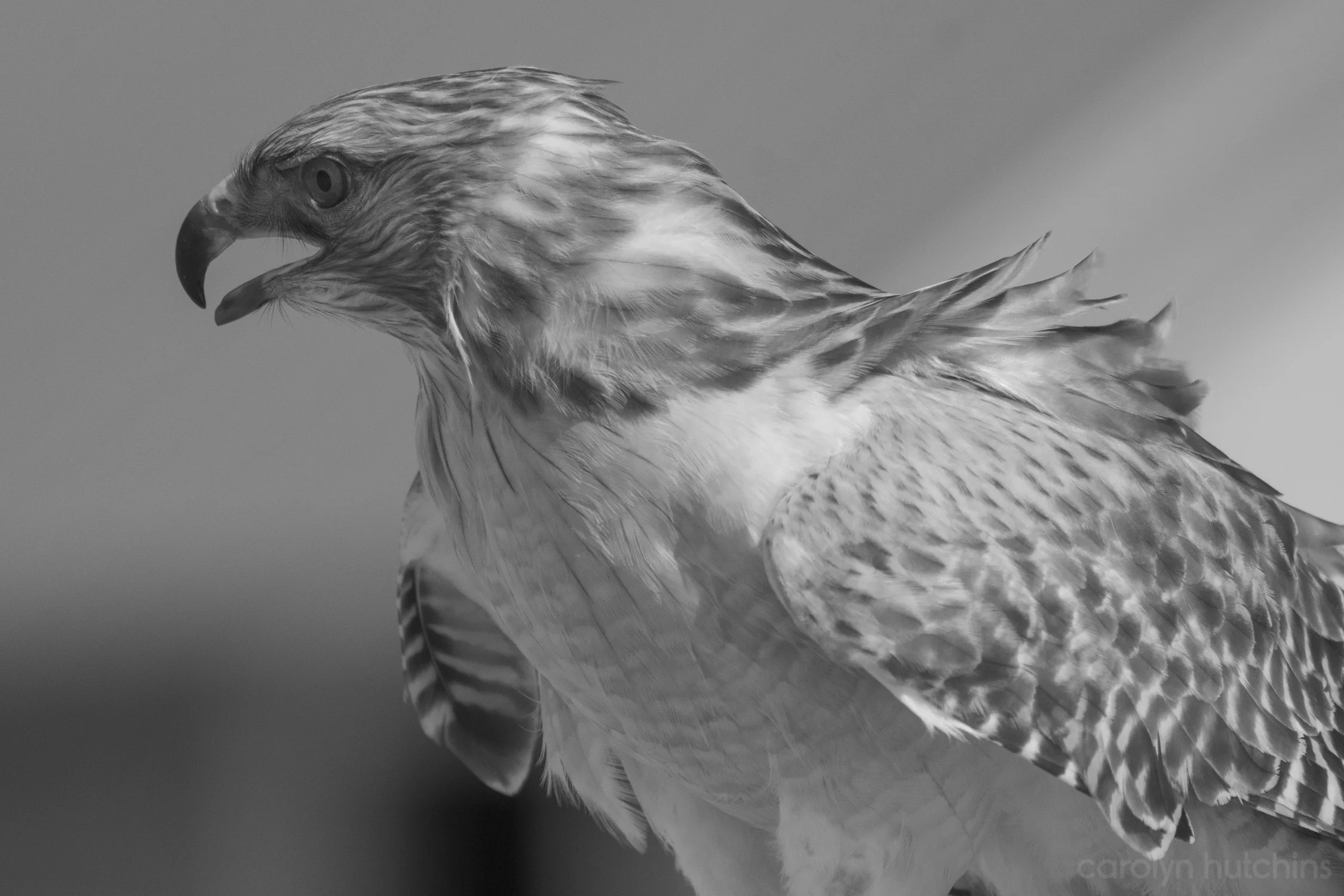
Nikon Zfc : LifePixel 720 nm IR filter : ISO-200 : f/6.3 : 1/2000
The minimum focus distance is an impressive 23.6″ at the wide end and 70.9″ when fully zoomed out, enabling you to get much closer to your subjects that one usually does with a telephoto. This works very much to your advantage by giving you more versatility. Combined with an aperture that goes from f/5-6.7 this would even cut it as a portrait lens if needed.

Nikon Z6II : ISO-1100 : f/5.6: 1/1250

Nikon Z6II : ISO-2500 : f/5.3 : 1/1250
Just for fun, let’s take another look at how shop this lens is. Here, the file is zoomed in by 300%


Nikon Z6II : ISO-1600 : f/5.0 : 1/1250
It’s compatible with their free TAMRON Lens Utility Software. By plugging it straight into your computer via USB, you can update the firmware as needed, to keep up with camera bodies and to make customizations that better suit your particular style of shooting.
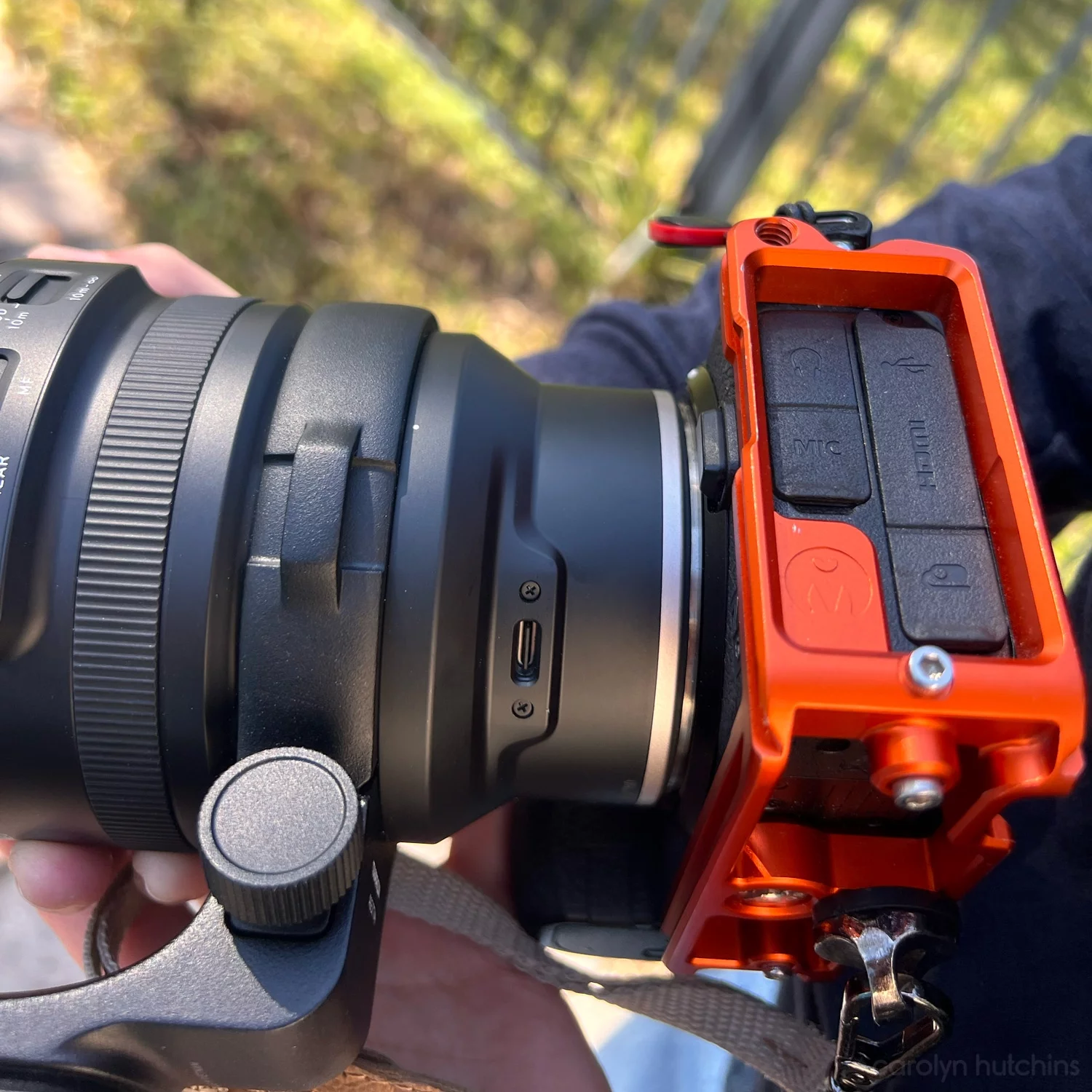
Overall, there is very little I could find to improve upon. But in my best effort to be as critical as possible (and that was definitely a challenge here), there was one thing I noticed. It’s actually very subjective and does not apply to everyone. The uncovered USB-C port. The port is weather sealed, so that really only makes it a concern when I’m in situations where dirt and debris get kicked up. If this is a concern to you, a tiny piece of painter’s tape (or in my case, glow-in-the-dark tape because that is already on my camera shelf for my tripod), solves this quite easily and I’m off to go about my business.

Nikon Z6 : ISO-1250 : f/10 : 1/400
For a new model, this lens retails for $1,199 in the U.S. That’s actually quite a deal. The next closest Z mounts would be the Nikkor 100-400 f/4.5-5.6 and the Nikkor 180-600 f/5.6-6.3, both of which are more expensive with the former being twice the price. Tamron also has a really great warranty program. I say this because I’ve actually used it, as stated before, I bump things and I shoot in active outdoor conditions. Just make sure to purchase from a reputable dealer, a list of these can be found on Tamron’s website, and make sure to register your lens once it’s purchased.
As for my final thoughts, not just in my opinion, but that of the other photographers who used it, this is actually a very impressive lens. Basically, Tamron does what they say they do. For the money, you will not find a better telephoto lens anywhere. Admittedly, I had high expectations of this lens, and I am pleased to say that it did not disappoint. Because of Tamron’s consistent reliability, with it I was able to capture two indescribably rare moments, one of which I have been trying to catch for longer than I care to admit. I absolutely love this lens. I would not hesitate to use it at an airshow, in fact there are several circumstances where I would rather have this lens than the 600, for a number of reasons. It would certainly make life easier at the top of an air traffic control tower. If you are in the Nikon Z system and you are looking for a telephoto lens, the Tamron 150-500 is the best place to start. Below I have a list of relevant links, including a gallery of images, because they speak for themselves.
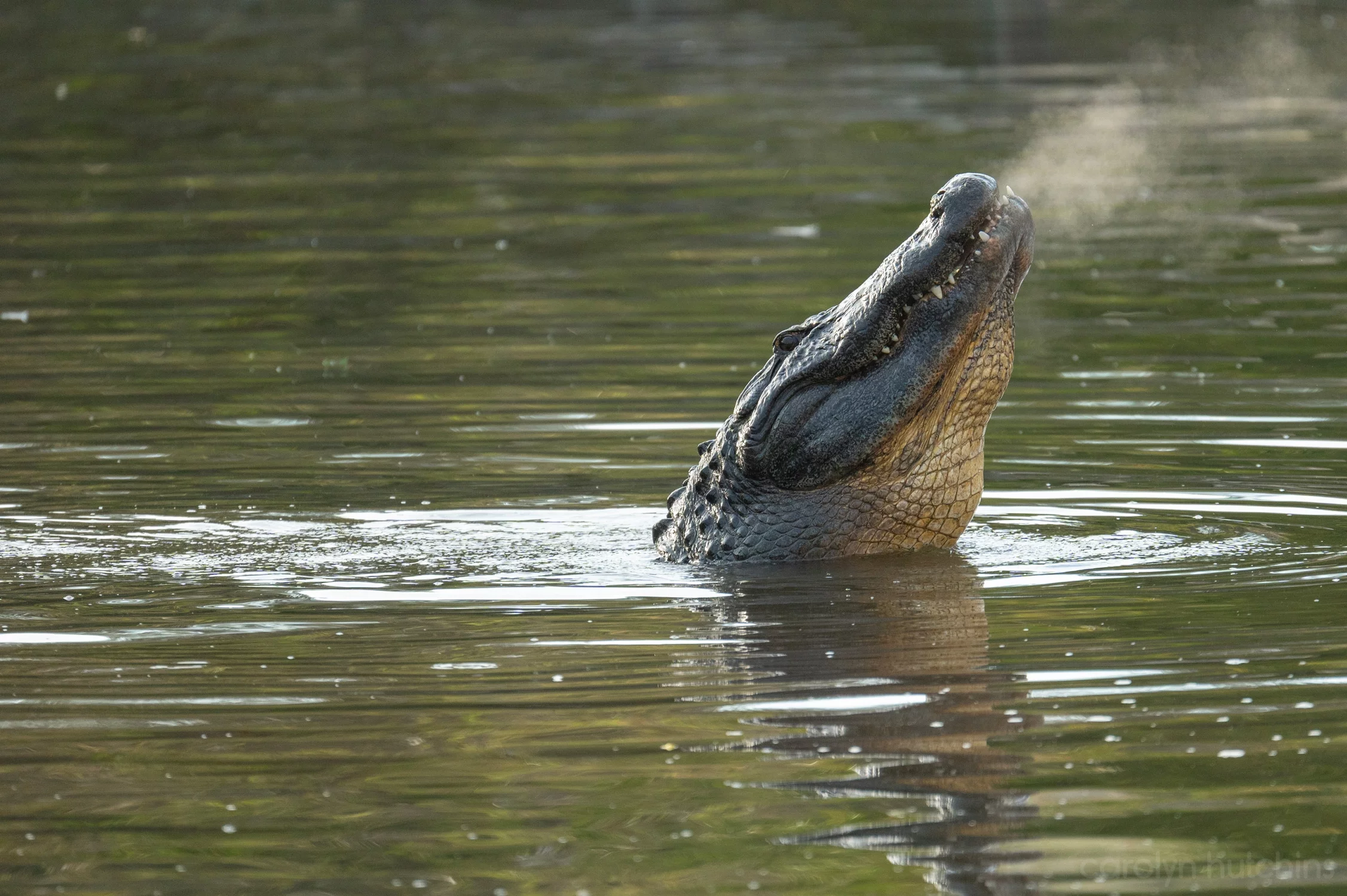
Nikon Z6 : ISO-1600 : f/7.1 : 1/800

Nikon Z6 : ISO-1600 : f/7.1 : 1/800
